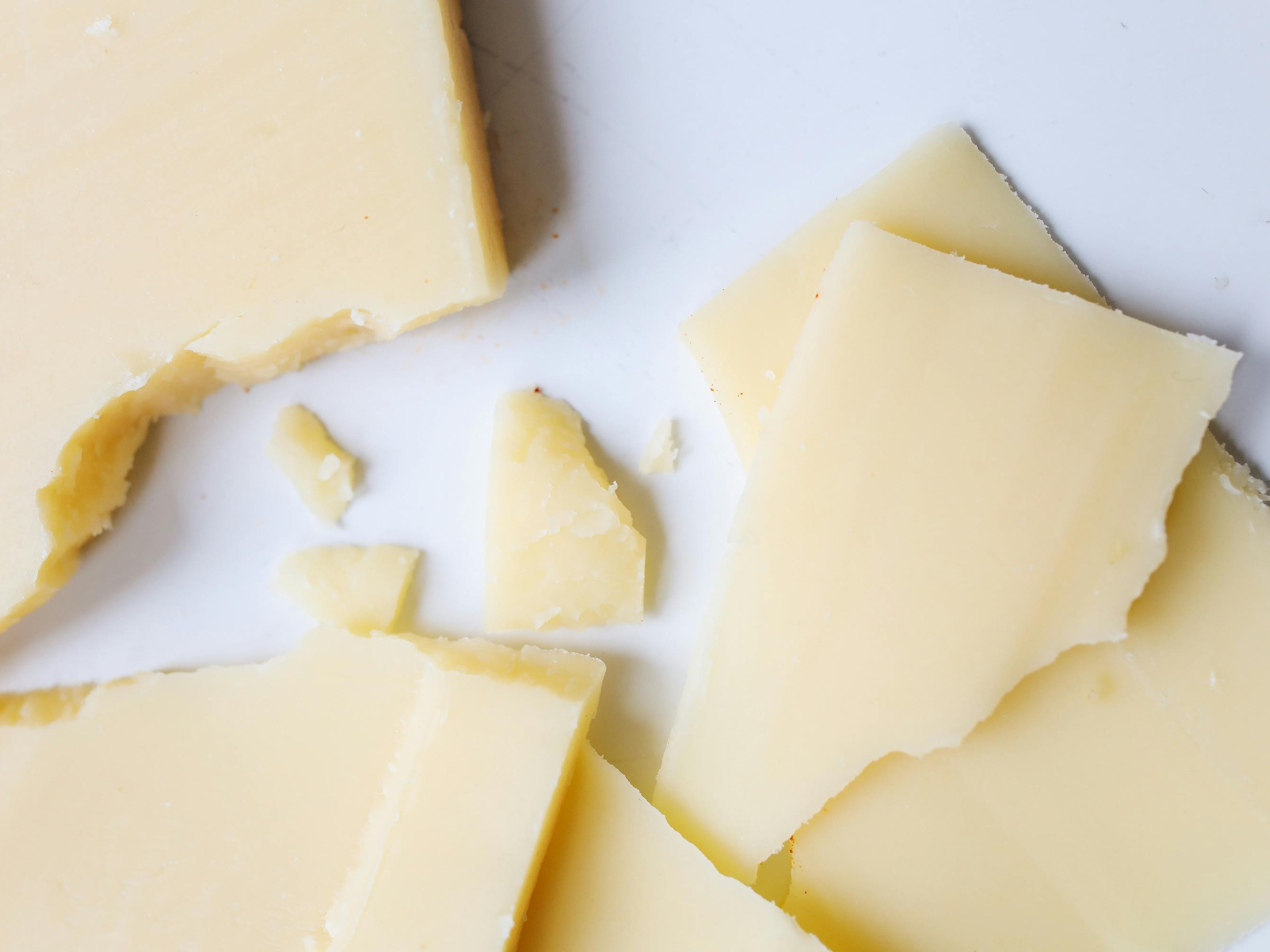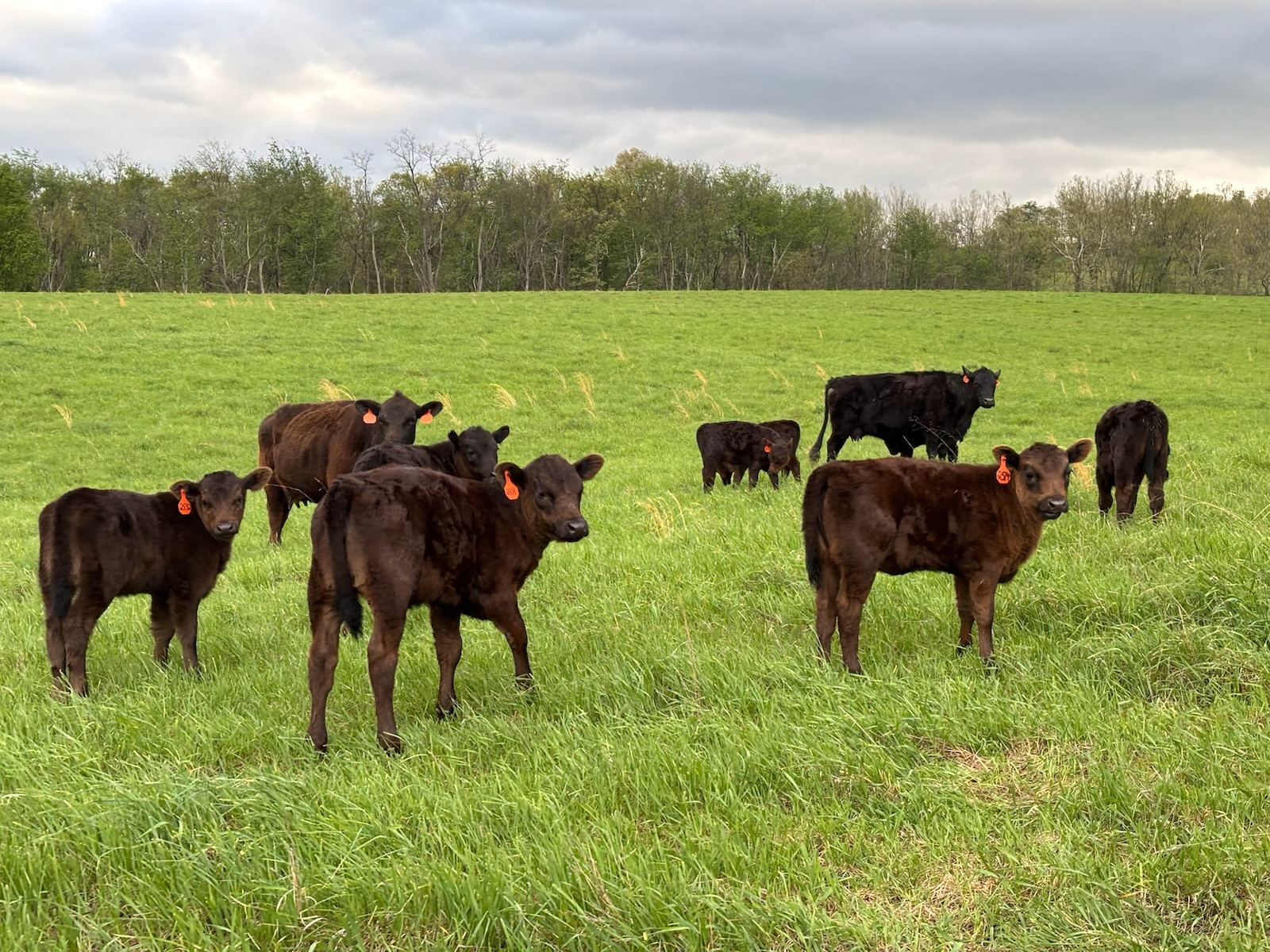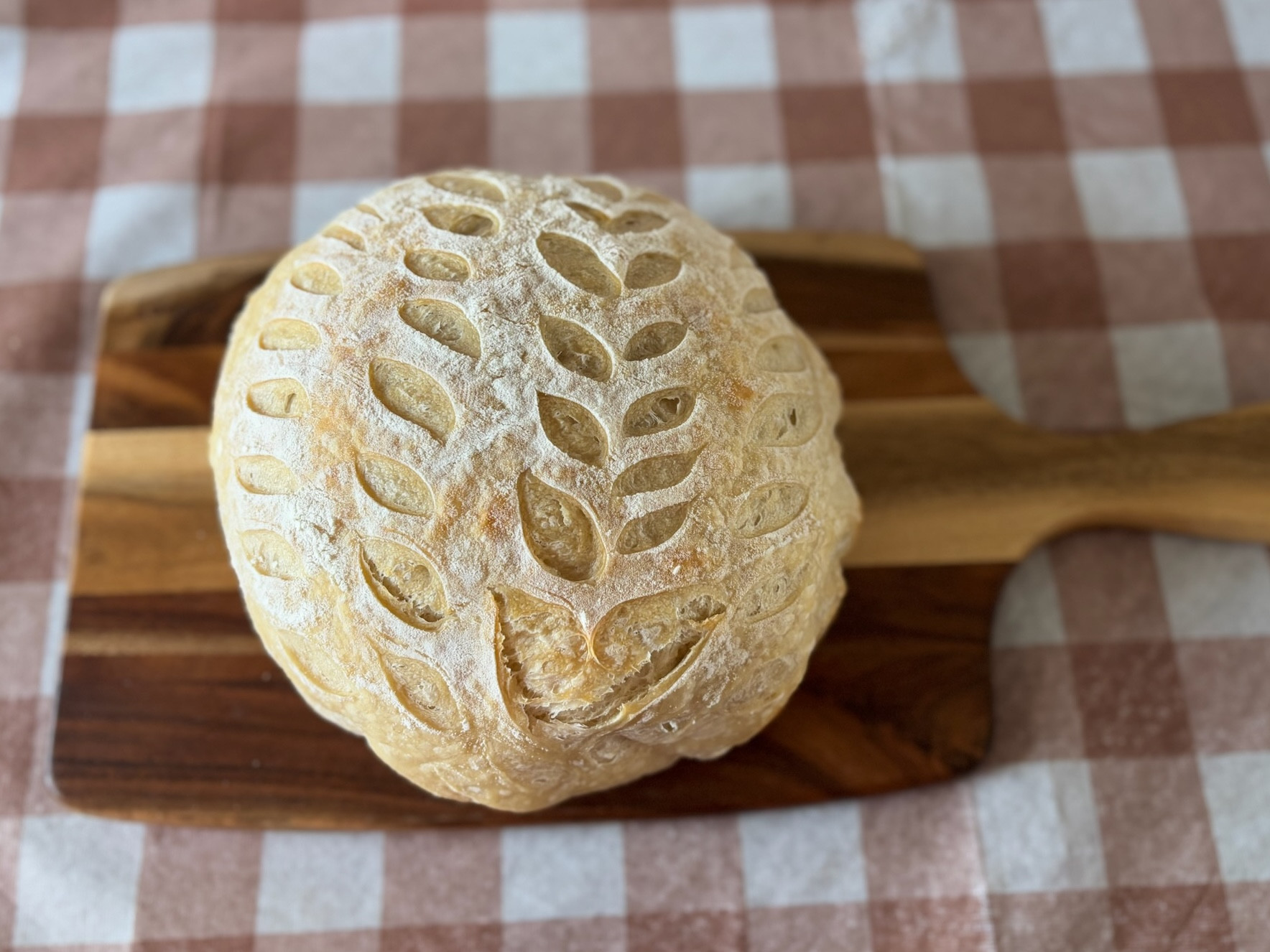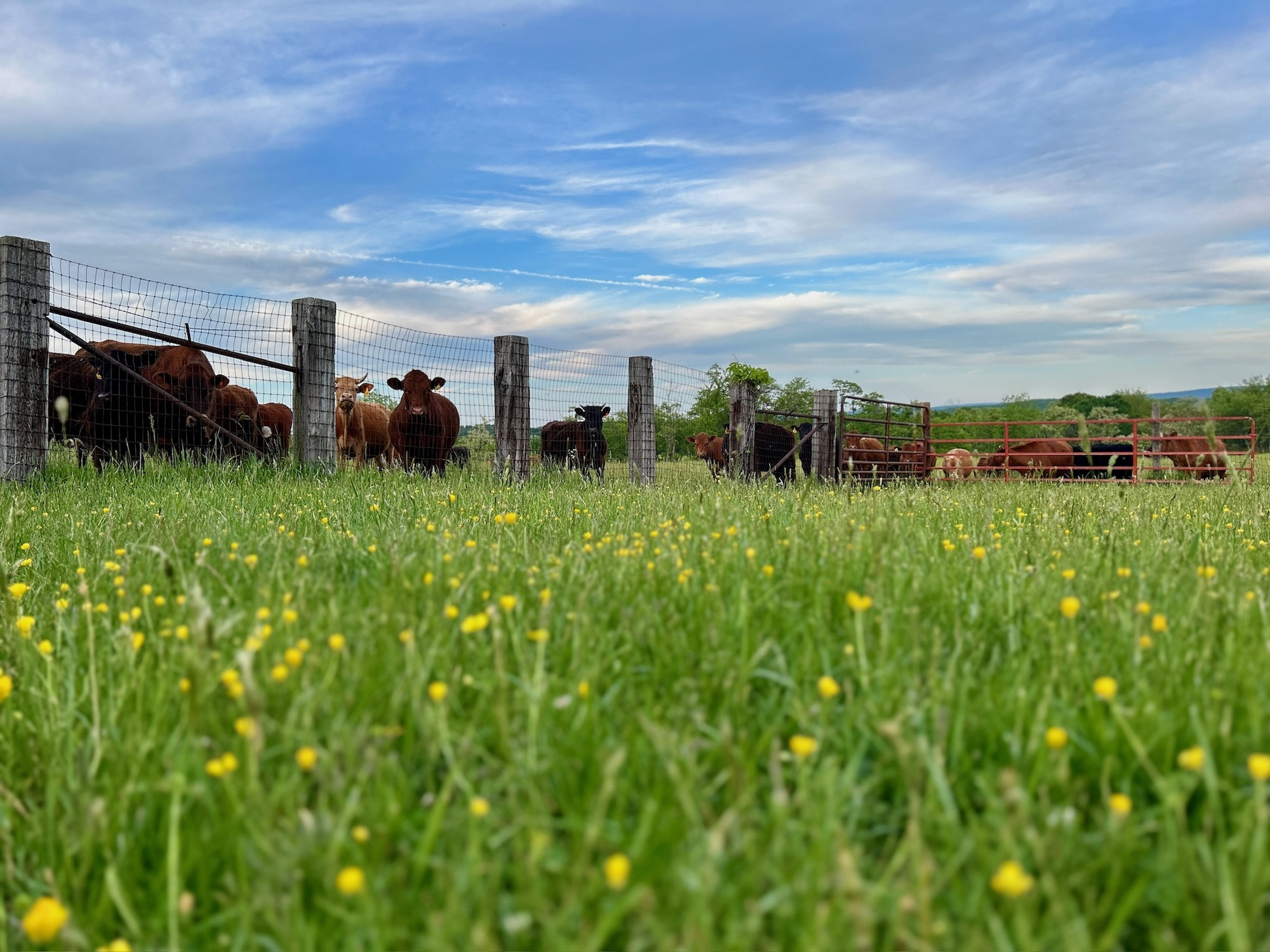Why We're Going A2/A2 (And Why It Matters For Your Health)
We've got some news to share, and it's pretty exciting. Our whole fluid milk is now 100% A2/A2. Our raw cheeses have been A2/A2 for a while now. And by the end of 2026, our cream, yogurt, and butter will be too. But before we get into what that means for you, let's talk about what A2/A2 actually is, and why all milk used to be this way before modern farming changed everything. The Story of Milk (And How It Changed) For thousands of years, cows produced milk with a protein called A2 beta-casein. This was just... milk. Nobody called it "A2 milk" because there wasn't anything else. It was the only kind that existed. Then, a few thousand years ago, a genetic mutation happened in some European dairy cows. It happened when cows were moved indoors and fed grain. They were stressed out! This mutation made them produce a new kind of protein in their milk, the A1 beta-casein, in addition to the old fashioned A2 kind that all other mammals produce. It's a small change, just one amino acid different, but it makes a big difference in how some people's bodies handle the milk. Over time, especially in the last century or so, these A1/A1 or A1/A2 cows were bred more and more. They often produced higher quantities of milk and generally handled being fed grain better. Farmers and dairies wanted volume, so they selected for cows that gave more milk. What they didn't realize (or didn't prioritize) was that the type of protein in that milk was changing too. Today, most dairy cows in America produce a mix of A1 and A2 milk. Some produce only A1. The original A2 cows? They've become the minority. So when you hear about "A2/A2 milk," what we're really talking about is milk the way it used to be, before modern farming bred it out. Why Does It Matter? Here's where it gets interesting. A lot of people think they're lactose intolerant or sensitive to dairy. They drink milk and feel bloated, gassy, or just... off. So they assume milk isn't for them. Some truly are lactose-intolerant or have a dairy allergy (there's testing to verify that), but... Research suggests that for many people, the issue isn't lactose at all. It's the A1 protein. When A1 beta-casein is digested, it can produce a compound (the science term for it is BCM-7) that some people's bodies react to. This can cause digestive discomfort, inflammation, and other issues that look a lot like lactose intolerance... but aren't. Over time, these issues can lead to more chronic problems like colitis or IBS. A2 milk, on the other hand, doesn't produce that same compound. It digests more like milk did for thousands of years, when people didn't have these problems. Many people who've switched to A2/A2 dairy report that they can enjoy milk again without any discomfort. They feel better. Their digestion improves. It just... works. Now, we're not doctors, and everyone's body is different. But the stories we've heard from our customers who've made the switch? They're pretty compelling. How Do You Know If Milk Is Really A2/A2? Here's something important: there's only one sure way to know if your milk is truly A2/A2. Genetic testing. Each cow in our herds has been genetically tested to confirm she carries only A2 genes. That's the only way to know for certain. You can't tell by looking at a cow. You can't tell by the breed. You can't tell by tasting the milk. The only way to guarantee your milk is A2/A2 is to test every single cow. We've done that work. Every cow producing whole milk for Triple E Farms has been tested and confirmed A2/A2. If a dairy is claiming A2/A2 milk without testing their herd, they're guessing. And when it comes to your family's health, guessing isn't good enough. Why We're Making the Change At Triple E Farms, we've always believed in going back to the old ways, before everything got complicated. We raise our cows on pasture. We don't use chemicals or shortcuts. We produce raw milk so you get all the natural enzymes, probiotics, and nutrition intact. Going A2/A2 is just one more step in that direction. It's bringing our milk closer to what it was 200 years ago, before modern farming changed the game. We started with our cheeses because, honestly, that's where we could make the change first. But we've been working toward this for a while now. We've been carefully selecting and breeding our herds to produce only A2/A2 milk. And we've tested every cow to make sure. And now? Our fluid whole milk is 100% A2/A2. By the end of 2026, our skim milk, cream, yogurt, and butter will follow. What This Means for You If you're already drinking our raw milk and feeling great, this is just going to make it even better. If you've avoided dairy because it doesn't sit well with you, this might be worth trying. A lot of people who struggle with conventional milk find that A2/A2 raw milk is a completely different experience. And if you're someone who loves dairy but wants the cleanest, most old fashioned version possible? Well, this is it. A2/A2 raw milk from 100% grass-fed cows, raised on pasture, nothing added, nothing taken away. And we've got the genetic tests to prove it. It's milk the way it used to be. Simple, pure, and easy on your body. The Bottom Line We didn't make this change because it's trendy or because everyone else is doing it. We made it because it's the right thing to do. It's one more way we're bringing food back to the way it was before it got complicated. A2/A2 milk is what cows naturally produced for thousands of years. It's what people drank and thrived on. And now, it's what we're producing here at Triple E Farms. Our fluid whole milk is A2/A2 now. Our cream, yogurt, and butter will be too, by the end of 2026. Here's to pure, simple food, the way it was meant to be.












